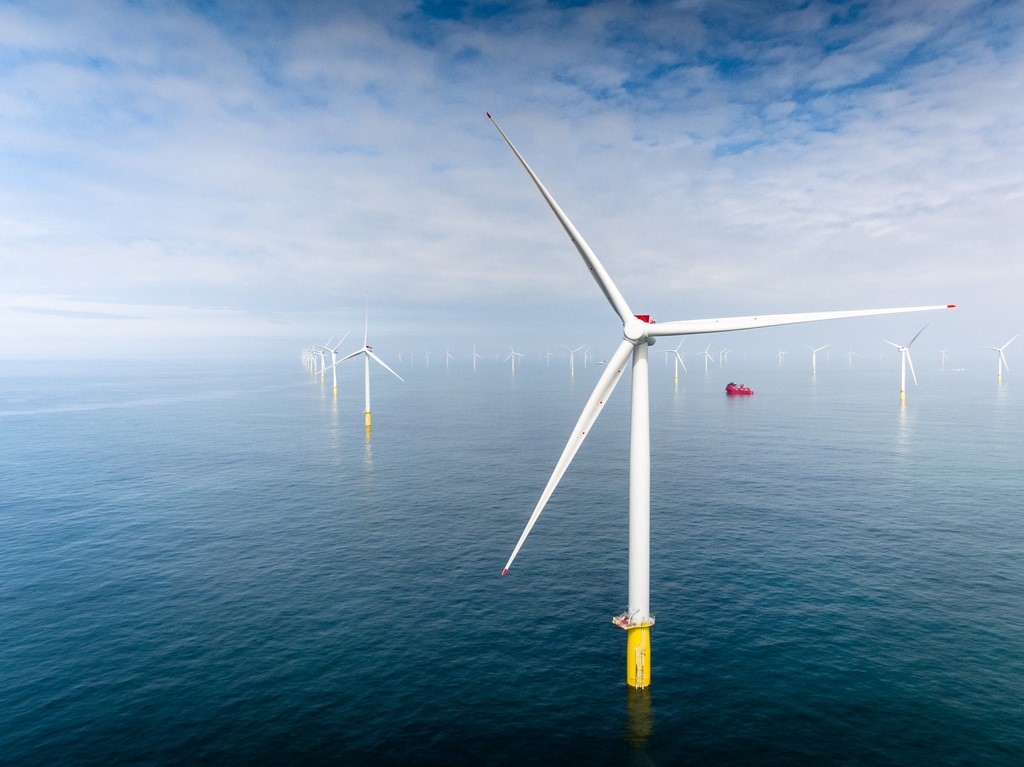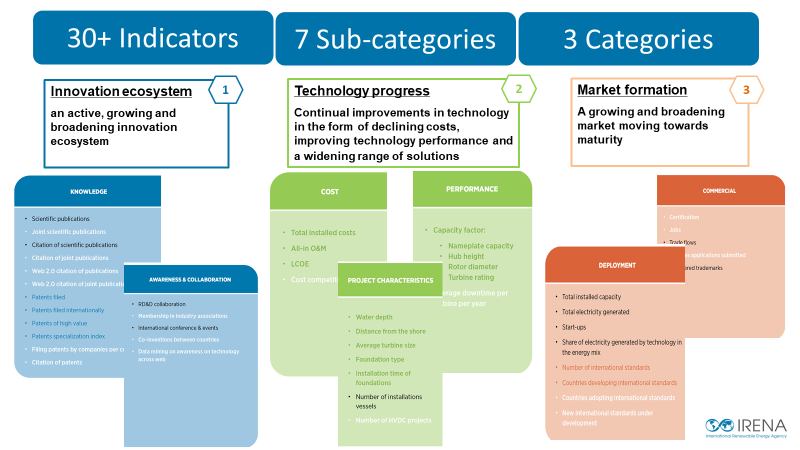
Jan Arne Wold ©Equinor
A new analysis of offshore wind shows how investments helped develop and deploy innovation in the sector
By Martina Lyons (Associate Programme Officer at IRENA – Innovation and End-Use sectors)
Clean energy technology innovation plays a critical role in accelerating the global energy transition toward net-zero. With the transition rapidly gaining momentum, the need for strong government support mechanisms for innovation grows right alongside it. This includes RD&D funding, market instruments and policy measures.
While there have been efforts to track these government support mechanisms (particularly RD&D funding), there has been a significant gap in measuring and understanding the ultimate impact of them. We are therefore pleased to be working with MI members and other organisations through the Innovation Platform Insights module to expand analysis from measuring inputs to tracking impacts.
To inform this work, the International Renewable Energy Agency has looked at a range of indicators and developed a methodology that can be used to assess the progress of innovative energy technologies. The methodology includes an enhanced analysis of costs, technology performance, patents and standards datasets, mapping changes in incremental and breakthrough innovations, and challenges in data gathering.
The methodology was developed thanks to funding from the UK Government and the European Union Horizon 2020 Programme. It was piloted on offshore wind technology. The full offshore wind report is available here, and a dashboard with interactive graphics on offshore wind technological innovation is available here.
Why did it make sense to start with offshore wind? In the past 10 years, technology innovation in the sector has helped drive installed and Operation and Maintenance (O&M) costs down while also improving performance. The analysis looked at 30 indicators – some applicable to a wide range of renewable technologies, some specific to offshore wind – between 2010 and 2019 under three impact categories: the innovation ecosystem, technology progress and market formation. The analysis generated a host of new and compelling insights.
Figure 1: Indicators mapping innovation ecosystem, technology progress and market formation
A growth of the innovation ecosystem was enabled by public and private innovation support mechanisms that allowed innovations to develop and be adopted. The analysis saw an active and broadening research base, with private and public sectors seeking commercialisation of their intellectual property and growing RD&D collaboration between private and public sector organisations.
Both breakthrough and incremental innovations were observed and the decline in the Levelized Cost of Electricity (LCOE) and O&M costs metrics and an increase in capacity factors can be attributed to the combination of learning-by-RD&D, learning-by-doing, and economies of scale. But their relative scale is harder to calculate.
The RD&D activities helped advance diverse projects including wind turbine foundation design, the ability to build further from shore into deeper waters, the ability to tap higher wind speeds at greater heights, and the ability to generate more power using larger rotor diameters that could be deployed in various geological conditions. To ensure broad global deployment of offshore wind technology, further cost reductions and capacity increases, these types of RD&D activities need to continue.
IRENA also analysed the market formation under the premise that innovation is different from invention and has impact only if it is deployed. The formation and maturation of a market and the associated enabling conditions were influenced by innovation support mechanisms and have served as a feedback loop to inform the innovation needs. Market formation experienced a rapid growth with a continual increase in deployment, differentiated products and services, growth in international standards and wind energy exports.
After the initial largely descriptive work that explored the value of the methodology, IRENA started looking into how interrelated and mutually reinforcing various RD&D activities are in reducing costs and increasing technology deployment. The final output will be published in autumn 2021. IRENA hopes to build upon these findings and expand work to cover other technologies and look at linkages with innovation support mechanisms.
